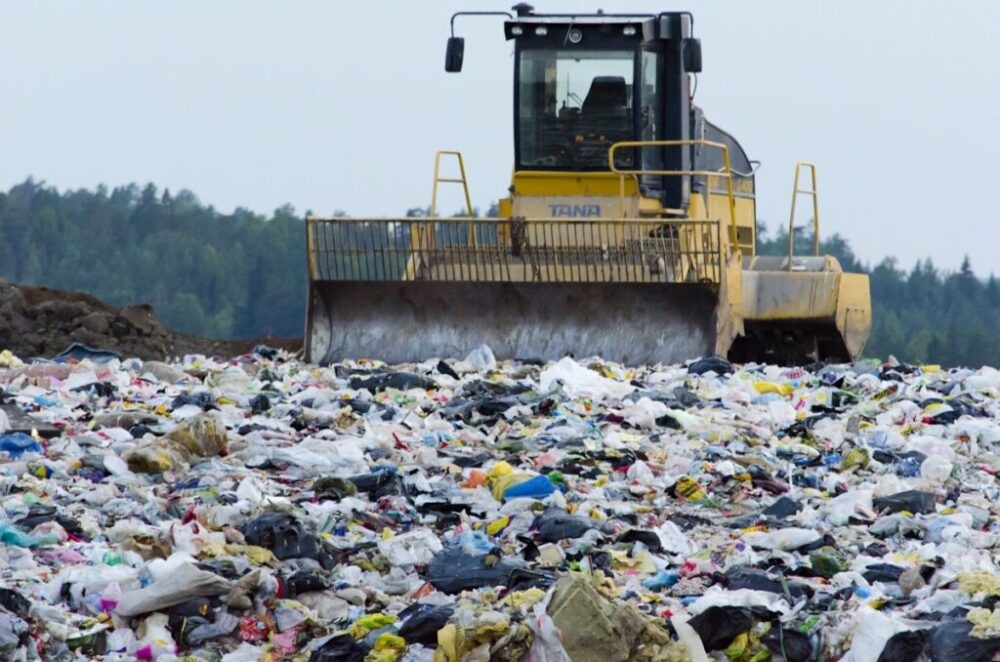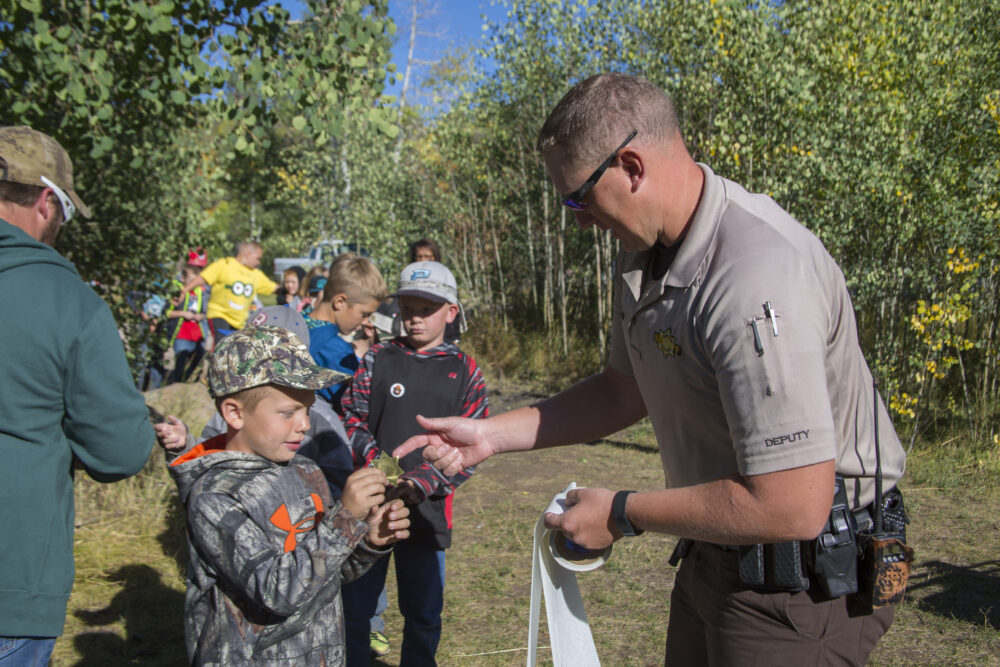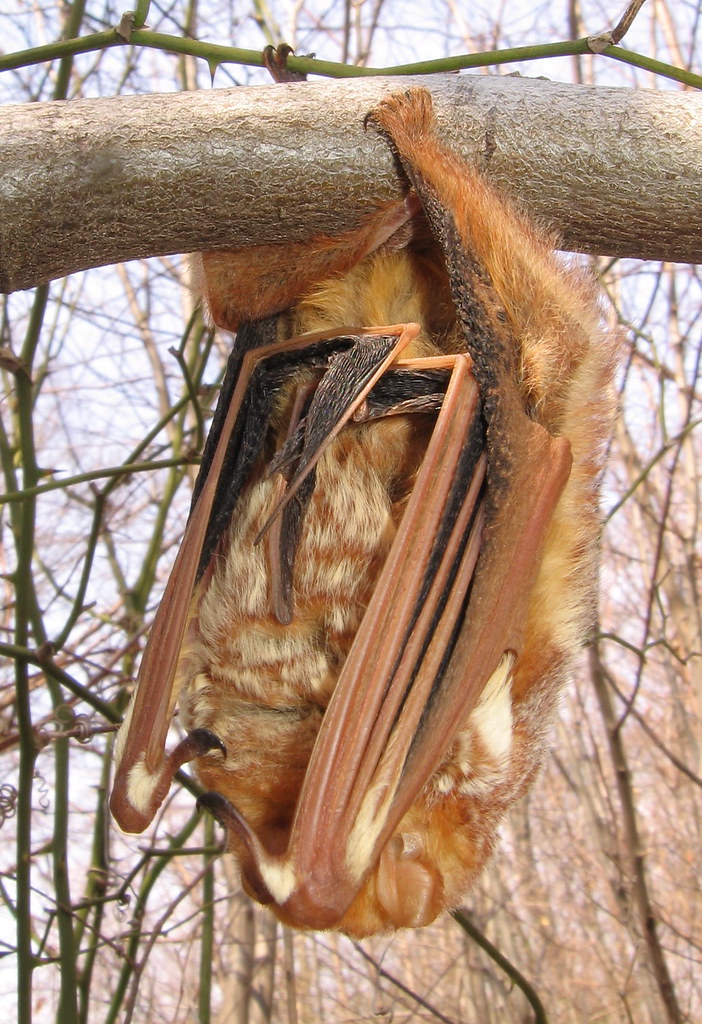We have much more to do and your continued support is needed now more than ever.
Another Hawaiian Monk Seal is Found Dead on Kaua‘i
The illegal, intentional killing of endangered Hawaiian monk seals unfortunately continues with yet another found dead on a northeastern beach on Kaua‘i. Known to researchers as RA16 and nicknamed “Noho,” the seal was born and raised in the waters around Kaua‘i. Hawai‘i state Department of Land and Natural Resources (DLNR) and NOAA Fisheries has classified it’s death as “suspicious” and are investigating the killing. For those of us trying to save these critically endangered marine mammals, this is distressing news.
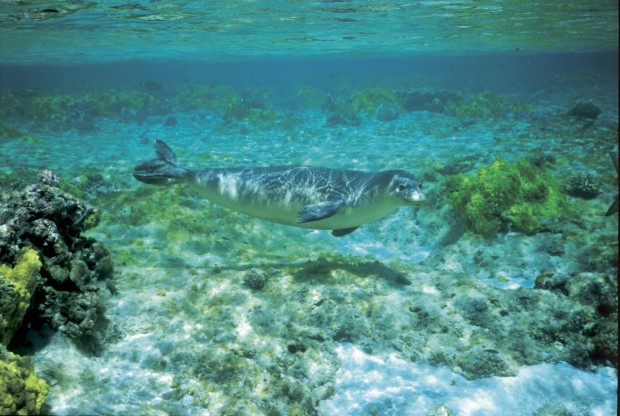
“Dog Running in the Rough Sea”
Known for generations as ‘ilioholoikauaua, or “dog running in the rough sea,” the Hawaiian monk seal is one of only three monk seals species found in the world. The Caribbean monk seal was last seen in 1952 and declared extinct in 2008, and the Mediterranean monk seal hangs by a thread with a wild population of just 600. The Hawaiian monk seal, with a population of less than 1,100 and dropping precipitously at 4% a year, is already struggling to survive and needs our help now to avoid a similar fate.
Hawaiian monk seals are at risk from entanglement in fishing gear and other marine debris, declining prey stocks, invasive species, coral bleaching, sea level rise, shark predation and ocean acidification. Adding to these threats, vocal resistance to critical habitat and recovery actions for the seal has taken an increasingly ominous turn as more seals turn up dead.
A Critical Year
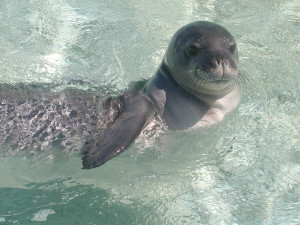
NOAA has proposed expanding critical habitat designation to the main Hawaiian Islands, where an increasing number of seals are residing and where there is a higher survival rate despite increased interactions with humans. Aggressive recovery actions, including translocating up to 20 young female pups a year from the NWHI to the main islands for three years to give them a head start in survival before being returned to the NWHI, are also proposed. But recovery efforts face stiff opposition from fishing interests and others who fear the seals’ competition for fish and those who see any federal protections as intrusion.
Myths and Vocal Opposition
As efforts to protect and recover the seal move forward, simmering resentment among some fishers who believe critical habitat designation will curtail their right to fish has been inflamed by myths about the seal. Large commercial fishing interests and others, looking to prevent expansion of critical habitat, appear to be making the seal a scapegoat for declining fish stocks, while the real reasons for that decline are ignored. Run-off from large-scale agriculture and development, invasive algae and other non-native marine species, overfishing, stream diversions, aquarium collecting and increased ocean acidification all negatively impact local fisheries. As for the monk seals, they are opportunistic feeders and regularly consume a wide variety of marine organisms.
To make matters worse, some of those opposed to protecting the seal have spread misinformation, leading people to believe that monk seals are not native to Hawai‘i and instead are themselves an invasive species. Archeological evidence and cultural references, including the Kumulipo, the Hawaiian Creation Chant – which specifically mentions the monk seal, all indicate its existence in the islands for thousands of years.
You Can Help
National Wildlife Federation is working with the Conservation Council for Hawai‘i and other community and conservation partners throughout the islands to speak up for the seal and build a constituency for its protection and survival. We are working to ensure federal funding for seal recovery efforts and we helped launch a public media campaign to dispel myths and underscore that the Hawaiian monk seal is a native species deserving of Hawaiian and national pride and the full protection of critical habitat and recovery.









